Novel selective HDAC6 inhibitors show promise for cancer and beyond
The researchers of the University of Colorado developed a series of hydroxamic acid derivatives as HDAC6 selective inhibitors. There is extensive national and international patent coverage for this technology.
Histone deacetylases (HDACs) are important epigenetic regulators, which impact chromatin condensation and gene expression. HDAC6 is a member of the Class IIB HDAC family, and appears to be important in a variety of biological processes. Tumor development has been linked to HDAC gene mutations and altered expression of HDACs. Therefore, inhibitors of histone deacetylase enzymes (HDACi) have been developed as potential cancer therapeutics. Currently, there is significant interest for selective HDAC6 inhibitors for oncology, due to more favorable toxicity profiles than pan-HDAC inhibitors. Regulation of HDAC6 has also been associated with pain. management and treatment of neurodegenerative diseases. Multiple selective HDAC6 inhibitors have moved into Phase I and Phase II clinical trials for cancer and pain.
In vivo antitumor activities: The lead compound 1-1 (MW 430.5) has nanomolar potency in HDAC6 and over 50-fold selectivity against other HDAC subtypes tested. An in vivo study showed that combination therapy of lead compound 1-1 and Ixazomib lead to delayed tumor growth in xenograft MM1s multiple myeloma mouse models. Pharmacokinetic data shows good Cmax and adequate clearance.
Second series with exquisite HDAC6 selectivity: SAR studies identified lead compound 1-2 (MW 430.5) with HDAC6-only activity.
Improved metabolic profile: In vitro metabolic stability studies led to compounds with improved liver microsome stability.
